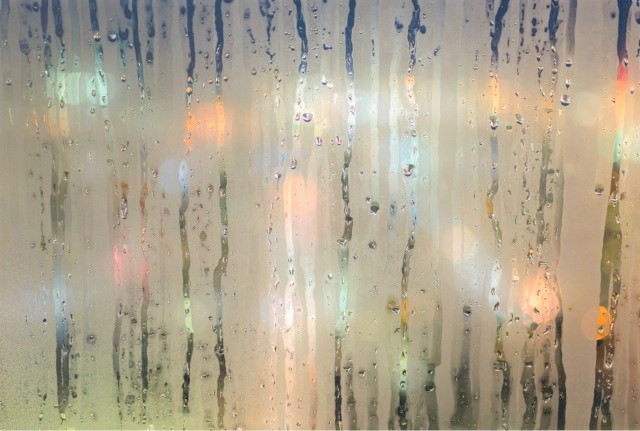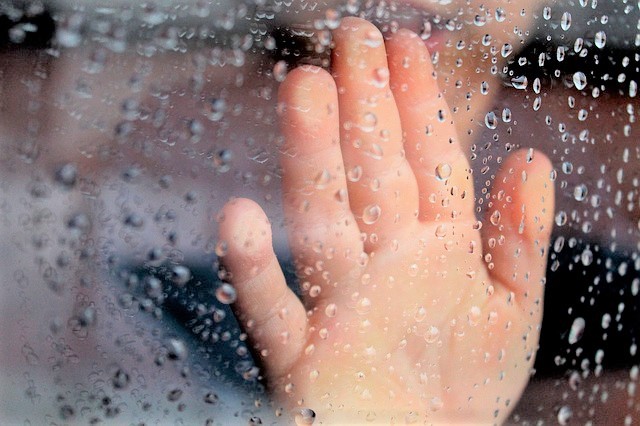Did you know that controlling the humidity in your home is just as important as controlling the temperature? If the humidity is too high, it will cause a musty odor, mold, discomfort, and breathing complications. If it’s too low, you’ll notice cracks in your wooden furniture, static electricity, dry skin, and chapped/cracked lips.
So, what is humidity? It’s the amount of water vapor or moisture in the air. You may be wondering, ‘What humidity should my house be at?’. Well, the most comfortable and recommended level is 45%. Anything lower than 30% is too dry while 50% and above will feel uncomfortable, especially during the hot months.
What Humidity Does Mold Grow?
Moisture is the perfect environment for mold growth, especially with humidity levels of 55% and above. Basements are the most commonly affected room in the home due to the lack of ventilation. However, mold can grow in any room with high humidity.
Don’t take the presence of mold in your home lightly as it produces toxic substances and irritants. It causes allergic reactions to individuals with asthma and other sensitivities when they inhale or touch the mold. Some reactions include a skin rash, red eyes, and a runny nose.
What Should Humidity Be In House With Air Conditioning?
Ideally, a house with air conditioning should have humidity levels between 30% and 40%, especially in the colder months. However, it can go as high as 50% during the warmer months. Note that if the humidity level is high, you’ll be forced to turn down the thermostat much lower than usual.
Your air conditioner will be overworking to keep you comfortable. The maintenance and energy bills will increase while the air conditioning unit’s lifespan decreases.
What’s the Normal Humidity Level?
The normal humidity level is between 30% and 50%. Excessively low or high humidity levels are dangerous to your health and your property. Generally, if it’s too dry (below 30%), you’ll get dehydrated and possibly experience breathing difficulties as well as damage to your wooden furniture and wooden floors. If it’s too high (above 50%), dust mites, mildew, and allergic reactions will exist.
What’s the Ideal Indoor Humidity In Winter?

An ideal range would be 30% to 40%. However, winter in various regions of the country is different. It can mean different temperatures outdoors and this affects the ideal humidity indoors. For example, the North East experiences severe winters so ideal indoor humidity should be 15% to 35%. In the South and lower half of the Midwest, winters are mild. Ideal humidity in these areas is 20% to 40%.
What’s the Ideal Humidity Level In House In Summer?
Just like winter, the ideal humidity level depends on the temperature outside. The Environmental Protection Agency recommends keeping it below 60% and ideally between 30% and 50% for a comfortable home during the summer.
How To Increase Humidity In A House
Here are a few ways to increase the humidity in your house:
Air Dry Your Laundry Inside
Ditch the dryer and hang your wet clothes on a drying rack in the house. The clothes increase humidity by releasing moisture as they dry. You get to save energy too.
Use a Humidifier
This is a simple and effective way to increase moisture, especially during winter when the air is dry. For most humidifiers, all you need to do is fill the tank/reservoir and turn it on. Read the manual to use it correctly.
Boil Water on the Stove
Boiling water in a pot on the stove releases moisture, humidifying your home. Pour hot water into ceramic pots and place them strategically close to heat sources like an HVAC.
Get Houseplants
Water evaporates from plants into the air through a process called evapotranspiration. Enough of the right plants will do the job. A few examples of plants great for moisture include spider plants, areca palm, English Ivy, and rubber plant.
Is 60% Humidity In House Too High?
Sixty percent humidity is high and uncomfortable. This is common during the hot months, especially in the South where outdoor humidity is high. At this level, the air in your house is too wet and the health risks are high for your family.
Is 70% Humidity In House Too High?
At 70% humidity, your sweat can’t evaporate because the air is overly saturated with moisture. This means that your body can’t cool down normally and you’ll feel hot and sticky. You may also experience difficulty breathing not to mention dust mites, mildew, bacteria, and mold.
Symptoms of High Humidity In Home

Here’s how to know that the humidity in your home is high:
Moist Air
This is the most obvious sign of high humidity. The air will start to feel moist and your skin will feel sweaty and sticky.
Mold
You’ll notice the build-up of mold in areas of your home with poor air circulation and high moisture like the bathroom, laundry room, basement, closet, and kitchen.
Musty Odor
This pungent and stale smell is a sign of a mildew and mold problem which means the humidity is excessive. Sometimes you’ll smell it without knowing exactly where it’s coming from.
Foggy Windows
Your windows will get foggy. When condensation of the moisture happens during winter, it fogs the windows.
How to Lower Humidity In House
Here’s how you can lower the humidity in your house:
Use Your Air Conditioner
Your air conditioner will control the humidity by introducing cool air and removing warm air. Remember to change the filter frequently to keep the AC working efficiently.
Dry Your Laundry Outside
Some clothes don’t go in the dryer so you hang them on a drying rack inside the house. Instead, hang them outside so that the moisture doesn’t get stuck inside. If for whatever reason you can’t hang them outside, get a humidifier.
Use Your Exhaust/Ventilation Fans
Your exhaust fans in the kitchen and bathroom exist for a good reason – to keep odors and excess humidity out. Run them while you cook and take a shower but also keep them on for about 30 minutes after you’re done.
Open the Windows
There’s nothing like good old fresh air to keep the house cool and comfortable. This is especially helpful in the bathroom, kitchen, and other areas prone to humidity. If your air conditioner is on, you may want to avoid opening the windows to save on energy.
Move Your Plants Outside
Plants are great for aesthetics and indoor air quality but they release moisture in the house. If you have several indoor plants, they may be the reason for the high humidity. Find them a temporary spot outside or a well-ventilated area inside.
